FOR AGES 9 YEARS TO 14 YEARS
If you have children of primary school age, their science lessons will soon start focusing on the biology of plants, photosynthesis and the fascinating and highly important functions of chloroplast.
So what are chloroplasts? A chloroplast is an organelle, found in the plant cell.
The main function of a chloroplast is to aid with photosynthesis by absorbing light energy. Another function of chloroplast organelles is protecting the plant from unwelcome pathogens that can cause disease.
There is an important molecule found within the chloroplast itself, called chlorophyll. Chlorophyll absorbs the light energy from the sun, and uses this energy to 'synthesise' carbohydrates from carbon dioxide and water. This is how the plant creates the energy it needs to sustain life. This process (called photosynthesis) of removing carbon dioxide from the atmosphere and releasing oxygen is essential for keeping us alive too!
It seems to be rare (unless you are a scientist, biologist, gardener or botanist, of course!) that this kind of information sticks around into adulthood. But don't worry - we have gathered some key facts to help you to help the kids with their science homework.
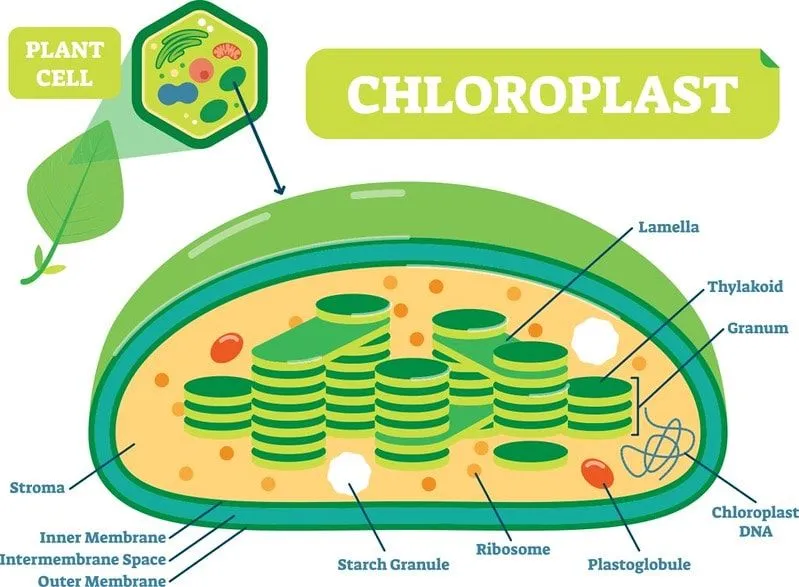
Image © CLEANPNG
Before we can get into our fun facts about chloroplasts, we need to know what a chloroplast looks like. This diagram shows a cross section of the chloroplast, and what it is made up of.
Outer Membrane: The main protective shell of chloroplasts, the outer membrane is permeable meaning small molecules can pass through it.
Inner Membrane: Another layer of protection, the inner membrane controls which molecules can get in and out of the structure.
Intermembrane Space: This is the minuscule space between the inner and outer membrane, it is only around 10 to 20 nano-metres wide.
Stroma: This is a gel-like alkaline fluid that surrounds the thylakoids and other structures within the cell such as the ribosomes, DNA and plastoglobules.
Thylakoids: These are disk-shaped sacks containing chlorophyll, arranged in stack-like structures.
The Lamella: These are the bridge-like pieces which help the thylakoids to spread out, this allows the chlorophyll to absorb as much light energy as possible.
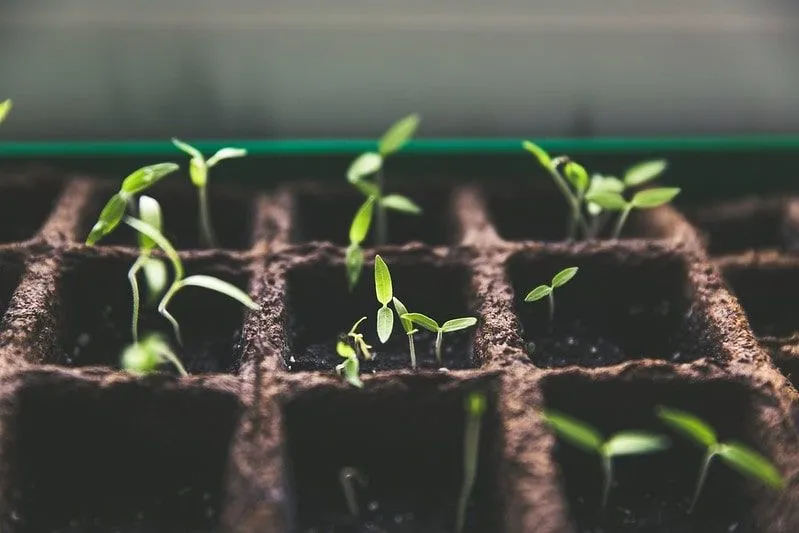
1. The 'chloro' part of the word chloroplast is derived from the Greek 'chloros' which means green.
2. All green plant cells and algae contain chloroplasts but they are not found in any animal cells.
3. It is estimated by scientists that a single square millimetre of an individual green leaf can contain around 500,000 chloroplasts.
4. Chloroplasts contain the following 'ingredients': proteins, chlorophyll, carbohydrates, carotenoids, ribosomes, lipids, DNA, RNA, enzymes and co-enzymes. These are all essential for photosynthesis.
5. The outer membrane, inner membrane and the intermembrane space are collectively called the 'chloroplast envelope'.
6. Chloroplasts are able to wiggle around within their plant cell to find the best spot for absorbing sunlight.
7. Chloroplasts are sometimes referred to as the 'kitchen of the cell' because they are responsible for storing (and synthesising) food.
8. The stroma in a chloroplast is also known as 'the matrix'. This is where the synthesis of carbon dioxide, starch, sugar, and fatty acids occurs. This process is controlled by lots of factors including light, temperature and even the length of the day, so in summer it will differ to in winter, for example.
9. If the plant is attacked by a pathogen of some kind, the chloroplasts will respond by producing enzymes which warn other plant cells about the invasion so they can help to contain the attack.
10. Alternatively chloroplasts can carry out a 'hypersensitive response'. This is when the chloroplasts initiate a process called 'programmed cell death' or 'PCD'. This shuts down the system enough to kill any intruding pathogens, kind of like a partial self destruct mode, allowing the other cells to start preparing defence molecules to eliminate the pathogen.
11. There are mixed opinions on who discovered this tiny structure and called it a chloroplast. Officially, Russian biologist Konstantin Mereschkowski was credited with the 'discovery' in 1905.
12. The scientific equation for photosynthesis looks like this:
6CO 2 + 6H 2O + light → C 6H 12O 6 + 6O 2
This translates to: carbon dioxide plus water produce a carbohydrate plus oxygen. So basically, the chloroplast can convert carbon dioxide and water into sugars and oxygen, smart!
13. Ever wondered why chloroplasts are green? Green light is actually damaging to chlorophyll and it is unable to absorb it. Therefore the chloroplast appears green as we humans can see the green light being reflected back to us (all of the other colours of light have been absorbed!)
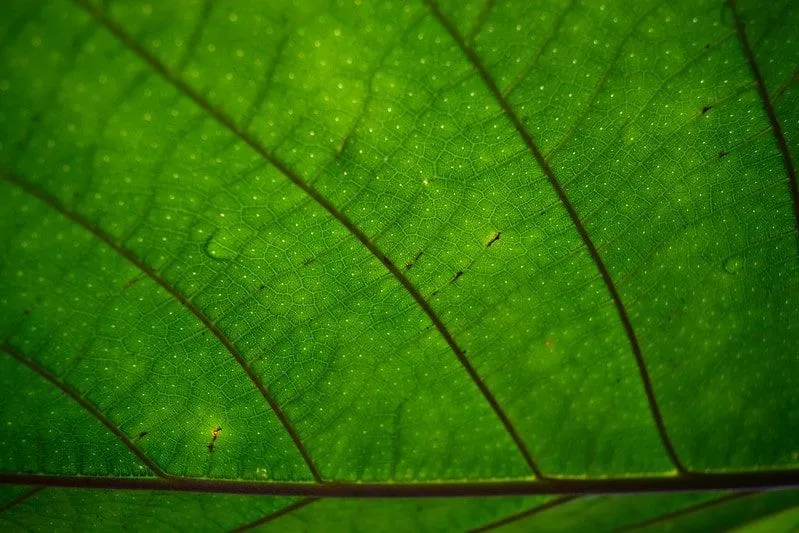
Image © Unsplash
Read The Disclaimer
At Kidadl we pride ourselves on offering families original ideas to make the most of time spent together at home or out and about, wherever you are in the world. We strive to recommend the very best things that are suggested by our community and are things we would do ourselves - our aim is to be the trusted friend to parents.
We try our very best, but cannot guarantee perfection. We will always aim to give you accurate information at the date of publication - however, information does change, so it’s important you do your own research, double-check and make the decision that is right for your family.
Kidadl provides inspiration to entertain and educate your children. We recognise that not all activities and ideas are appropriate and suitable for all children and families or in all circumstances. Our recommended activities are based on age but these are a guide. We recommend that these ideas are used as inspiration, that ideas are undertaken with appropriate adult supervision, and that each adult uses their own discretion and knowledge of their children to consider the safety and suitability.
Kidadl cannot accept liability for the execution of these ideas, and parental supervision is advised at all times, as safety is paramount. Anyone using the information provided by Kidadl does so at their own risk and we can not accept liability if things go wrong.
Kidadl is independent and to make our service free to you the reader we are supported by advertising.
We hope you love our recommendations for products and services! What we suggest is selected independently by the Kidadl team. If you purchase using the buy now button we may earn a small commission. This does not influence our choices. Please note: prices are correct and items are available at the time the article was published.
Kidadl has a number of affiliate partners that we work with including Amazon. Please note that Kidadl is a participant in the Amazon Services LLC Associates Program, an affiliate advertising program designed to provide a means for sites to earn advertising fees by advertising and linking to amazon.
We also link to other websites, but are not responsible for their content.
Was this article helpful?
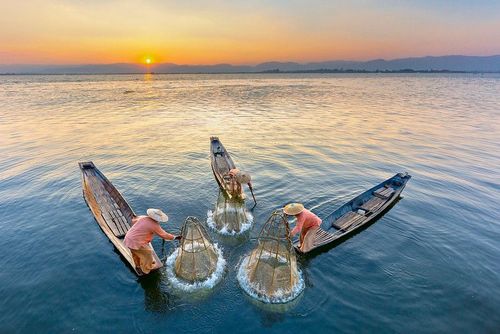

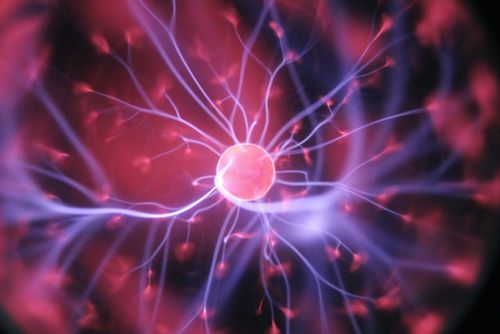
Browse Category

We’ll send you tons of inspiration to help you find a hidden gem in your local area or plan a big day out.



Check your inbox for your latest news from us. You have subscribed to:
Remember that you can always manage your preferences or unsubscribe through the link at the foot of each newsletter.